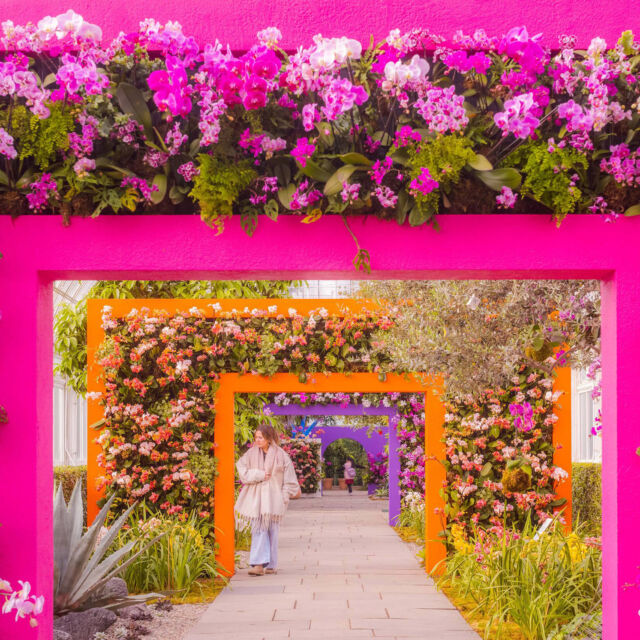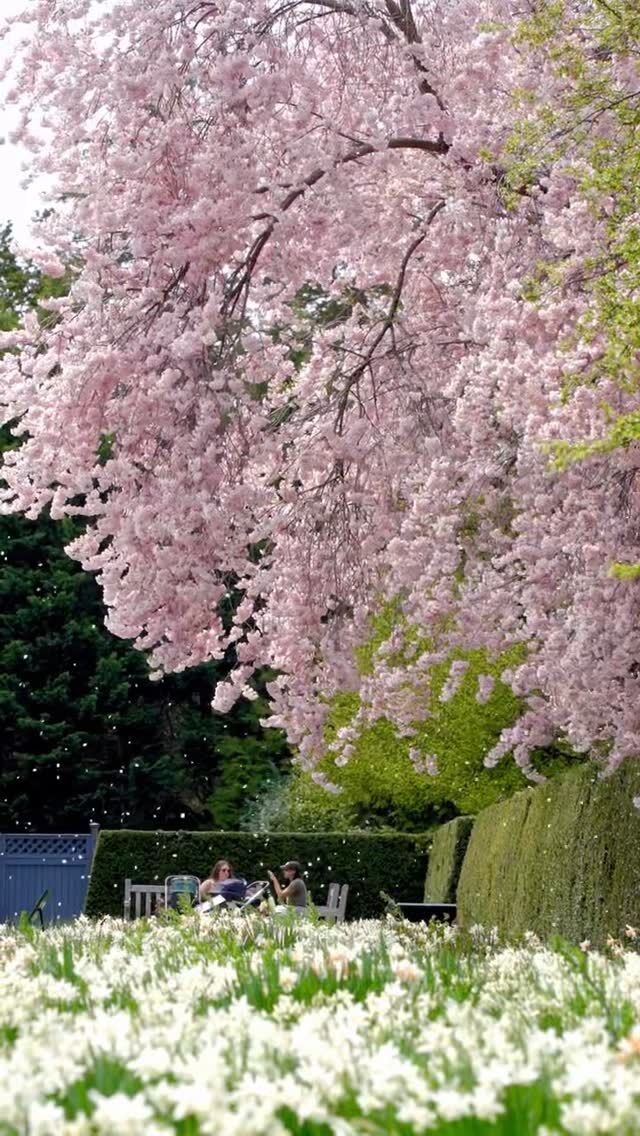A Salute to Andrew Henderson, Ph.D.
Michael J. Balick, Ph.D. is Vice President for Botanical Science and Director and Philecology Curator of the Institute of Economic Botany at The New York Botanical Garden.
This is the second in a series of tributes to six curators at The New York Botanical Garden who retired last year but who are continuing their Botanical Garden-based projects and research as Curators Emeriti.
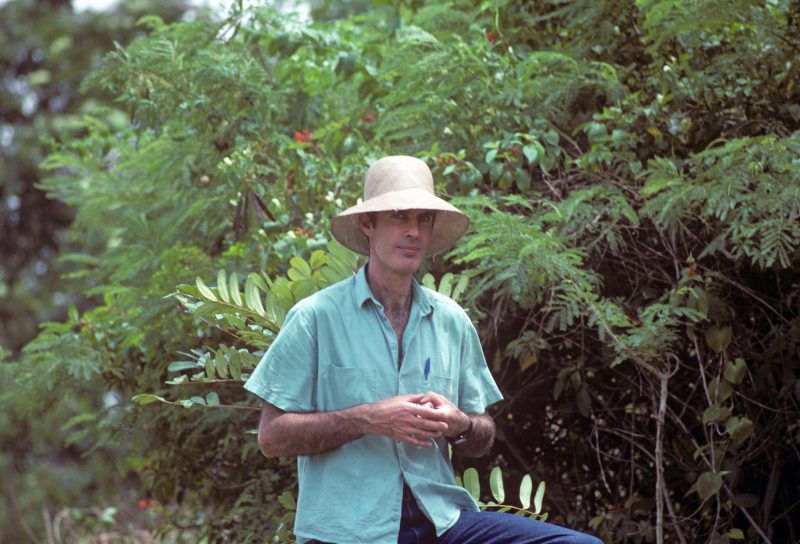
Dr. Henderson in Haiti on a field trip in 1987
I first met Andrew Henderson, one of the world’s most productive and respected palm specialists, in 1977 when we were young students. Andrew received a fellowship from the Royal Botanic Gardens, Kew to participate in a scientific expedition, and we were both invited by Iain Prance, who was then directing The New York Botanical Garden’s scientific research program, to go on a field trip to collect for two months along the newly cut Trans-Amazon highway from Santarém to Cuiabá, Brazil, as part of Projeto Flora Amazônica, a joint Brazilian-American effort to survey the flora of the Amazonian region.
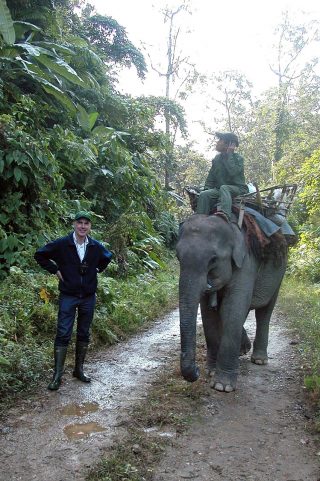
Dr. Henderson in Myanmar during a 2003 field trip
I was studying a group of Amazonian palms for my doctoral dissertation, and from time to time Andrew helped me with handling these rather large organisms, carefully measuring their dimensions, dissecting the plants, and pressing them for drying on our field ovens. Perhaps that is when he began to become interested in palms, as this part of the Amazon was overflowing with these magnificent trees of so many different species, sizes and shapes. At the conclusion of the trip, Andrew asked Iain how he could transition from horticulture to systematic botany. Iain suggested he pursue a botany degree at the University of London and then come to study at the Botanical Garden.
As Iain tells it, Andrew forged full speed ahead and in 1982 appeared in his office, ready to enroll as a student in our collaborative program with the City University of New York/Lehman College. Following his graduation, he had a post-doctoral fellowship at the Garden, joining the curatorial staff as Assistant Curator in 1992. That was his dream job, and Andrew traveled the world, by plane, car, canoe, and even elephant, describing nearly 300 species of palms new to science as well as producing many significant publications, including 10 books, that have enriched our understanding of the botany, ecology and conservation of palms. He has monographed 18 genera of New World palms, and sorting out these taxonomic relationships allowed him to produce his most recognized book, A Field Guide to the Palms of the Americas, written with his dear friends and collaborators, Rodrigo Bernal and the late Gloria Galeano. Scientific writing is often evaluated by its impact, including how many times other scholars cite the research in their own works, thus using it as a foundational text. In this case, the Field Guide has been cited over 1,400 times in other scientific publications.
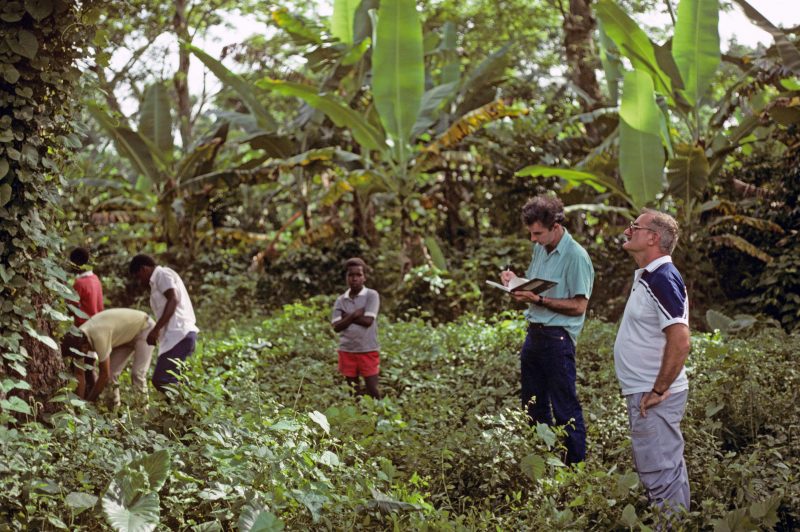
Dr. Henderson has always taken careful notes about the palms he collects, here studying Attalea crassispatha on a 1989 Haitian field trip.
Over the last 10 years he has been working on Asian palms, resulting in a treatment of the palms of Vietnam (Palms of Vietnam, published by NYBG Press) and a revision of the rattan genus Calamus, with just over 400 species. During his career, Andrew also was an editor of Brittonia and Flora Neotropica, two of the Garden’s very important scientific publication series. Along the way, he was promoted first to Associate Curator in 1995, then Curator in 2001, retiring as Curator of Palms. Those of us who have had the privilege of working with Andrew, however, know that he has not really retired—as he continues to say, “Nothing has changed!” We look forward to collaborating with him as a colleague and friend in the role of Curator Emeritus for many years to come.
SUBSCRIBE
Enter your email address to subscribe to this blog and receive updates on new posts.
